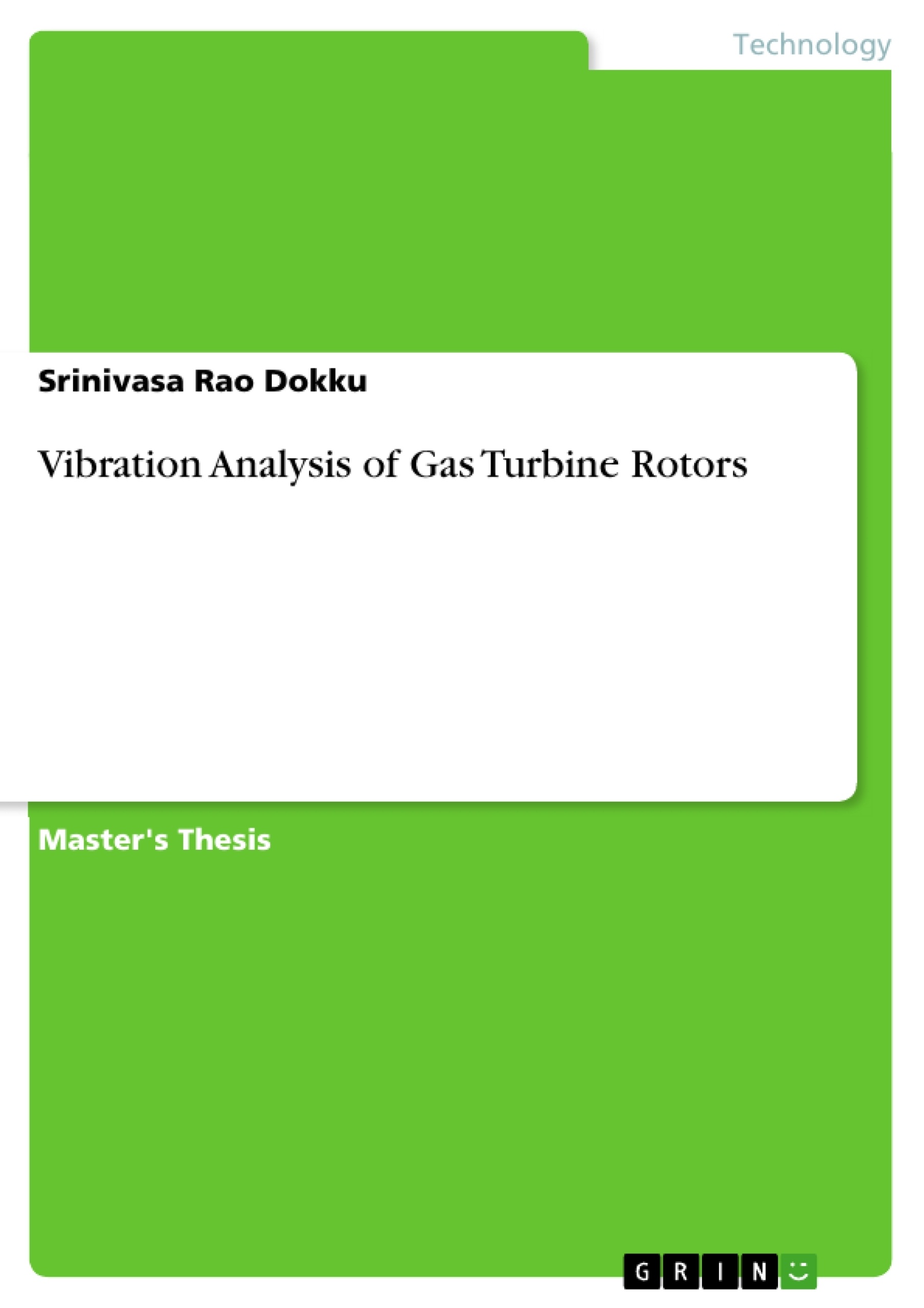The purpose of this report is to determine the lateral and torsional dynamic characteristics of the complete system under synchronous conditions of excitation and response. A damped natural response study was made in order to investigate the combined effect of oil film stiffness and damping coefficients on system damping and stability characteristics at all damped natural resonance speeds. An unbalance response analysis is also performed to study the system sensitivity. This study was performed to investigate the lateral vibration characteristics of the subject system in order to avoid vibration problems that might interfere with the smooth and reliable operation of the system. Total system studies are important in that often the coupling effects of marrying driver and driven equipment result in resonant speeds that are not calculable when investigating the response of the separate components. Oil film stiffness and damping for all bearings must be properly considered in the system calculations along with the effective stiffness and damping of pedestal supports as required. The above effects are in the following calculation to ensure the proper calculation of resonant speeds.The following study concerns itself with the lateral analysis of gas turbine, load coupling, and 50 Hz/15.75Kva generator. This study reports the lateral natural frequencies and mode shapes calculated from the mass and stiffness distribution of the beam elements modeled using the DYROBES software. An unbalanced response analysis is also performed to study the system sensitivity. The significance of torsional vibration in high speed rotating machinery is well established. It is desirable to keep all torsional natural frequencies away from operating speed as well as twice the electrical frequency of the system. However, this is not always feasible and, therefore torsional criticals can be tolerated within these regions provided the response to excitation levels are low enough to keep the alternating shear stress within acceptable levels The following study concerns itself with the complete torsional analysis of gas turbine rotor including load coupling, gear box and 50Hz/15.75KVA generator rotor. This study reports the torsional natural frequencies, mode shapes and Campbell diagram by using transfer matrix method. The transient response shear stresses were also calculated for fault condition.
Table of Contents
- CHAPTER I
- 1. INTRODUCTION
- 1.1 Gas Turbine
- 1.1.1 Theory of Operation
- 1.1.2 Rotor
- 1.2 Lateral and Torsional Analysis of Rotor
- CHAPTER II
- 2. LITERATURE REVIEW
- 2.1 Lateral Vibration Analysis
- 2.2 Torsional Vibration Analysis
- CHAPTER III
- 3. MATHEMATICAL BACK GROUND
- 3.1 Vibration
- 3.1.1 Single Degree Freedom Systems
- 3.1.2 Equation of motion for SDOF
- 3.1.3 Multi Degree of Freedom (MDOF) System
- 3.1.4 Vibration Model
- 3.1.5 Equations of Motion
- 3.1.6 Viscously Damped of Free Vibration
- 3.2 Rotor Dynamics
- 3.2.1 Definition of terms
- 3.2.2 Damped Unbalance Response Analysis
- 3.3 Finite Element Method in Rotor Dynamics
- 3.3.1 Division of Rotor into Discrete Systems
- 3.3.2 Gyroscopic Effects
- 3.3.3 Supports
- 3.3.4 Shear Deformation
- 3.3.5 Damped Natural Frequency/Stability
- 3.4 Imbalance Response of Rotor
- 3.5 Torsional Analysis (Method of Calculation)
- 3.5.1 Transfer Matrix Analysis
- 3.5.2 Generation of Campbell Diagrams
- 3.5.3 Electrical Fault Torque Calculations
- CHAPTER IV
- 4. RESULTS AND DISCUSSIONS
- 4.1 Lateral vibration analysis of Frame-GT Train
- 4.1.1 GT Rotor modeling
- 4.1.2 Damped Critical Analysis considering minimum stiffness
- 4.1.3 Unbalance Response Analysis
- 4.1.4 Logarthmic Decrement and Stability Analysis
- 4.2 Torsional Vibration Analysis of Rotor Train
- 4.2.1 Natural Frequency
- 4.2.2 Torsional Mode Shape
- 4.2.3 Campbell Diagram
- 4.2.4 Torque Magnification Factor
- 4.2.5 Alternating Shaft Stresses
Objectives and Key Themes
This report aims to determine the lateral and torsional dynamic characteristics of a gas turbine rotor system under synchronous excitation conditions. The analysis investigates the combined effects of oil film stiffness and damping on system damping and stability at resonance speeds. The study also explores the system's sensitivity to unbalance.
- Lateral Vibration Analysis of the Rotor System
- Torsional Vibration Analysis of the Rotor System
- Influence of Oil Film Stiffness and Damping on System Stability
- Unbalance Response Analysis and System Sensitivity
- Assessment of Torsional Natural Frequencies and Mode Shapes
Chapter Summaries
Chapter I introduces the gas turbine, its operational theory, and the concept of lateral and torsional analysis. Chapter II provides a literature review on lateral and torsional vibration analysis, covering relevant research and existing techniques. Chapter III delves into the mathematical background of vibration, including single and multi-degree of freedom systems, equations of motion, and finite element methods in rotor dynamics. This chapter also explores the concept of damped natural frequency and stability, imbalance response of the rotor, and torsional analysis methods like transfer matrix analysis and Campbell diagram generation.
Chapter IV presents the results and discussions of the analysis. This chapter examines the lateral vibration analysis of the Frame-GT train, including rotor modeling, damped critical analysis, unbalance response analysis, and stability analysis. It also covers the torsional vibration analysis of the rotor train, including natural frequency, mode shape, Campbell diagram, torque magnification factor, and alternating shaft stresses.
Keywords
This work focuses on gas turbine rotor dynamics, vibration analysis, lateral vibration, torsional vibration, oil film stiffness, damping, unbalance response, natural frequencies, mode shapes, Campbell diagram, transfer matrix analysis, and finite element methods.
- Quote paper
- Asst.Professor Srinivasa Rao Dokku (Author), 2016, Vibration Analysis of Gas Turbine Rotors, Munich, GRIN Verlag, https://www.grin.com/document/441946



